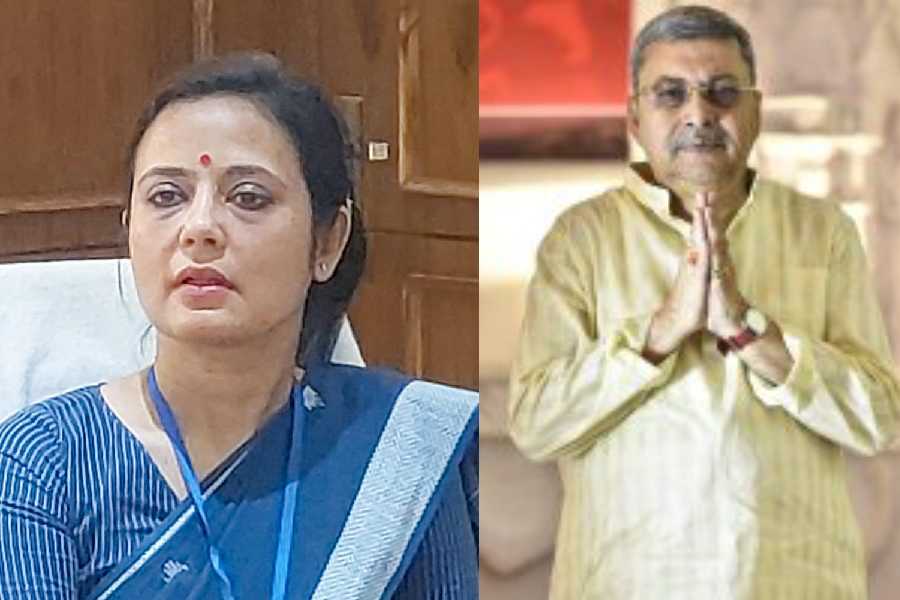New Delhi, July 13: A group of scientists has taken the Centre to court to lift the ban on khesari dal, a cheap variety of pulses with high protein.
Prices of the common varieties of pulses have jumped sharply, keeping pace with high inflation rates now ruling in the country.
More than fifty years have passed since khesari, known as the poor people’s dal, has been banned in the country. However, despite the ban, it is still grown and consumed in several states.
The dal is much cheaper than the common varieties of pulses whose prices have increased manifold in the past six months. While the price of the best quality moong dal has increased 38.8 per cent since February, the price of the local variety of masoor has increased 45 per cent in the same period.
According to estimates, khesari dal is sold in the rural markets at around Rs 15 to 20 per kg compared with Rs 37.50 for a kg of the best variety of moong and Rs 46.50 a kg for a local variety of masoor in the commodity exchange.
In the ongoing court case, which is being led by nutrition scientist Shanti Lal Kothari, the central government has been unable to produce the file, which formed the basis of banning khesari dal in 1961.
 |
SEEDS OF DISCORD
- Khesari dal banned since 1961
- Unofficial price is Rs 15- 20 a kg. Moong costs Rs 37.50 and masoor Rs 46.50 a kg
- Khesari dal has more protein and iron than tur or channa
- Consumed in Pakistan, Bangladesh, Ethiopia and even France
- Indian government ban is because of possibility of paralysis
- Scientists fighting the ban say government has not produced proof in court
To compound the Centre’s problem, Maharashtra, which was one of the chief proponents of the ban, has revoked it in May this year. Bengal, Bihar and Chhattisgarh are the only other states where the dal is not banned.
The dal was banned on the basis of a “scientific study” which said that persons might contract lathyrism, a form of paralysis of the legs, if they consume 400 grams of the dal daily for three months.
Taking advantage of the Right to Information Act, scientists, who contest this as “uninformed rubbish”, have asked the government to produce the scientific proof that formed the basis of the ban.
Even the Central Information Commission has directed the government to produce the relevant files. “The government has so far not produced any scientific material which could form the basis for banning the dal. They have produced some papers published in some journals in 2008, which cannot form the basis for the ban,” said Aurobindo Ghosh, the lawyer who represents Nagpur-based Kothari.
The nutrition scientist has been fighting the case for decades and had recently undertaken a fast for several days till the Maharashtra government relented and revoked the ban.
Farm leaders said India was the only country to ban the dal. It is extensively cultivated and eaten in Pakistan, Bangladesh, Nepal, Ethiopia and even in France.
Kothari said the khesari dal was the most nutritious of all the pulses. It has 1.5 times more protein and three times as much iron as tur or channa besides a high calcium content.
The crop, if cultivated after the paddy harvest, requires no irrigation, no fertilisers, not even weeding or soil turning. It is drought and flood-resistant and at 2.5 tonnes per hectare, its productivity is highest among all the pulses. With little labour and effort required for its production, khesari is the cheapest of all pulses.










